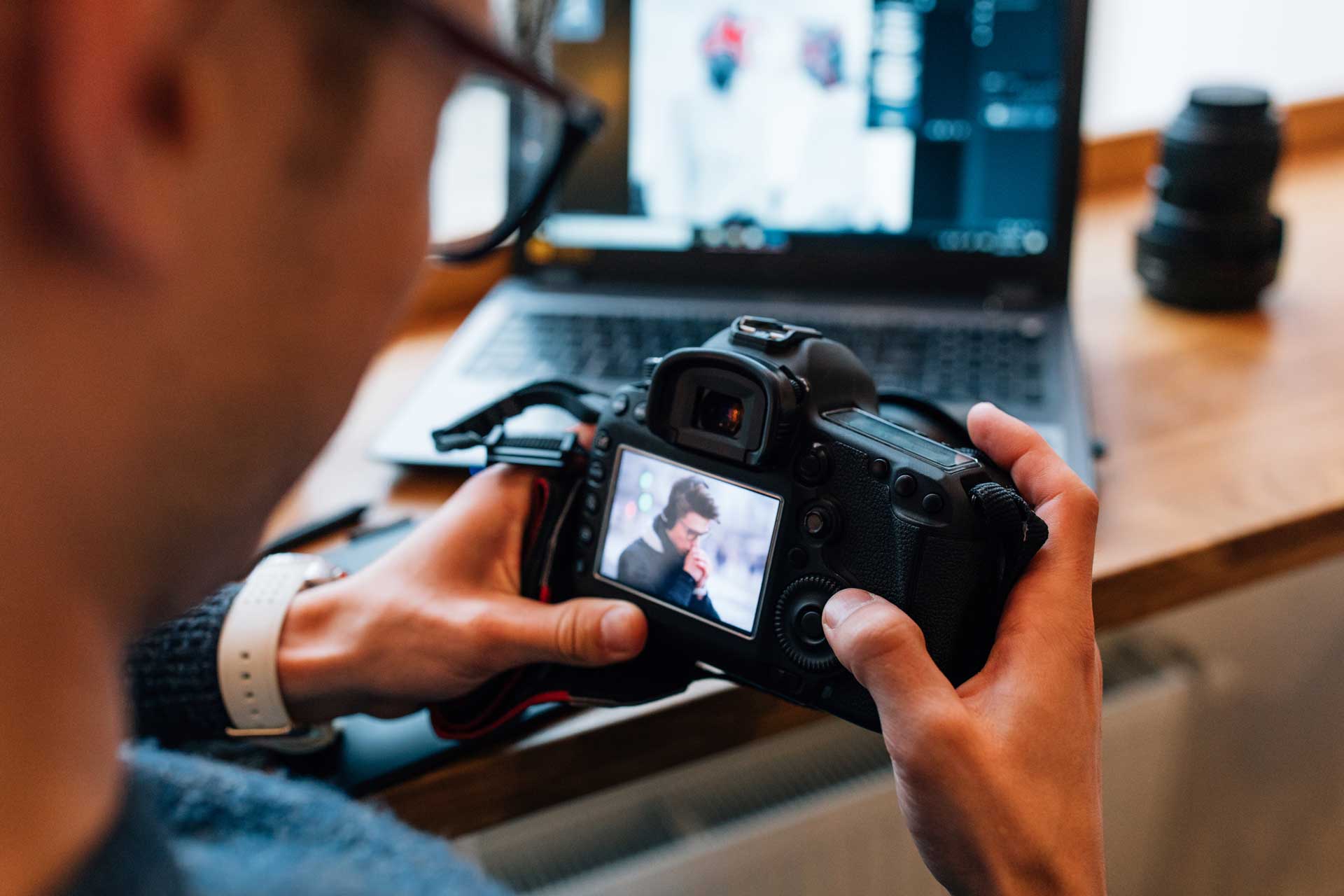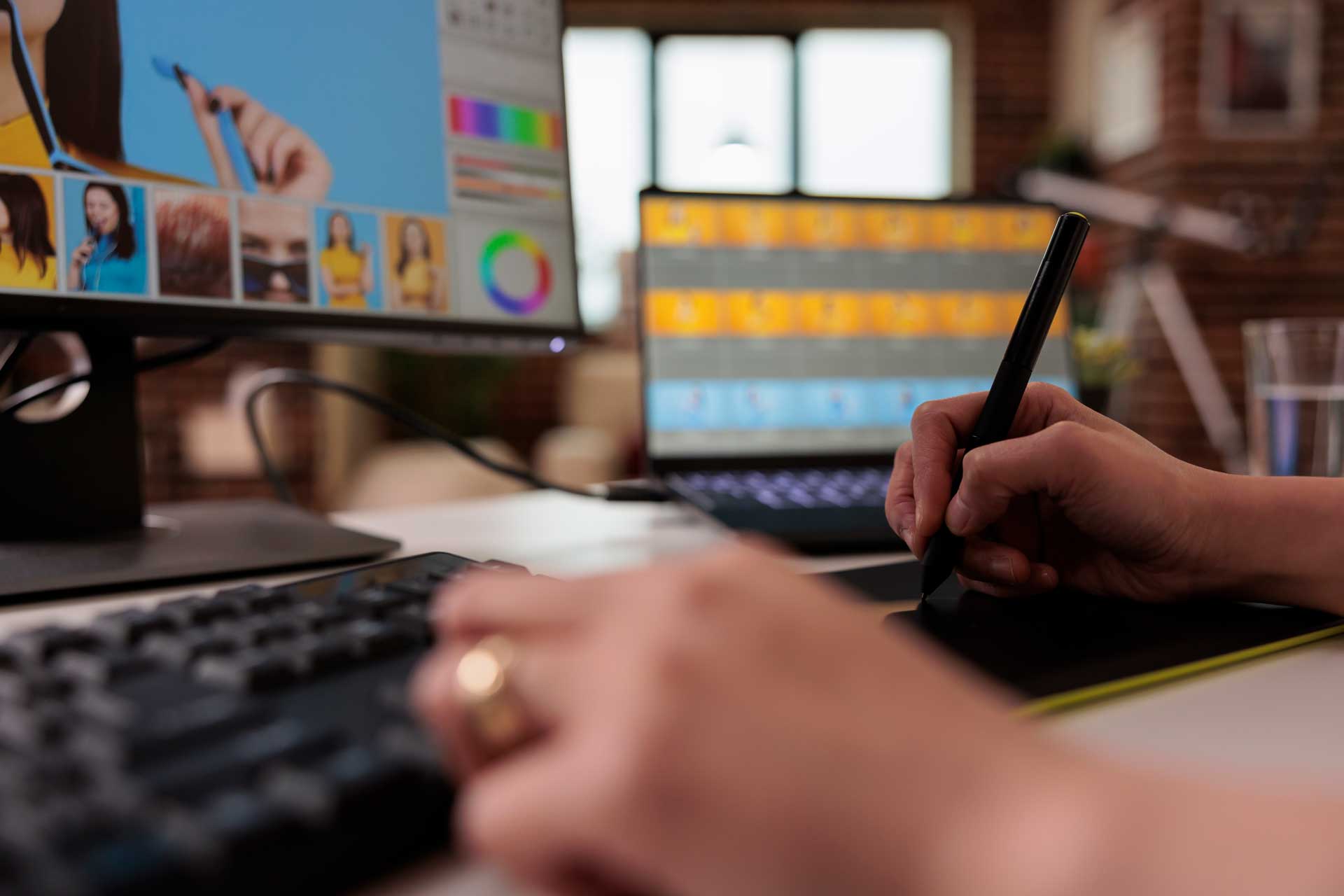How to Edit Photos: Essential Photo Editing TechniquesThere is more to photo editing than just applying an eye-catching filter to your image. Although photo editing is a technical process, it is an essential skill that can help transform ordinary photos into masterpieces. What Is Photo Editing?Photo editing (also called post-processing or postproduction) is the process in digital photography of making adjustments to photographs in a photo editing program. It's digital photography's version of a darkroom, where photos can be tweaked after a photography shoot. Photo editing comes after a photographer has taken photos during a shoot and selected the best photos. Basic Photo Editing TechniquesMost professional photographers use editing software like Adobe Lightroom to organize and edit pictures. Lightroom is a deep and powerful editing tool and combined with Adobe Photoshop, can be used to achieve pretty much any effect you can think of. Many image editing techniques can be applied with photo editing software like Lightroom during processing. Some of the editing options involve overall adjustments to your image quality, while others allow you to make targeted changes and adjust only one part of the image. Here are some of the photo editing tools you'll use for basic editing:  White Balance: Adjust temperature and tint so that the colors are correct. Exposure: Overall brightness or darkness of the image. Highlights: Control just the brighter parts of the image. Shadows: Control just the darker parts of the image. Whites: Set the brightest point in the image. Blacks: Set the darkest point in the image. Contrast: The variance between the light and dark parts of the image. Adding contrast makes your darks darker and your brights brighter. Clarity: Adjust contrast, but just in the middletones of your photo. Increasing clarity has the effect of enhancing texture and brings a little grittiness to the image. Conversely, decreasing clarity can give your photos a dreamy quality. Saturation: How much color information is in the photo. It's similar to vibrance, which heightens the more muted colors in your image without affecting the colors that are already highly saturated. Sharpening: A method in which contrast is increased anywhere a light area meets a dark area, thereby making the photo look sharper. Noise Reduction: A method to smooth out any "noise" in a photo, which is usually caused by severely underexposing and/or shooting at a very high ISO. Noise is not grain, and is generally considered undesirable. Lens Corrections: Corrects distortions made by the lens when capturing the image. Each lens is different, and photo editing software like Lightroom selects the correct setting for your lens automatically. Perspective Correction: Corrects distortions made by shooting an image that's not quite square to your subject. For example, if you shoot a building from the ground you will need to tilt your camera up to capture the whole building; in the photo, the building's walls will look like they are angling toward the center of the frame instead of being straight up and down. Perspective Correction allows you to fix this so that the building looks square. Grain: Allows you to add grain to an image for creative effect. Vignette: Allows you to darken or brighten the edges of the image for creative effect. Radial Filter: Allows you to affect an area inside (or outside) of a circular or oval shape. Graduated Filter: Same as the radial filter, but with a straight line instead of a circle. Brush tool: Allows you to "brush" on changes using a mouse or pen/tablet. You can also use brushes to remove blemishes. HSL: Allows you to fine tune the hue, saturation, or luminance of a particular color. (For example, you could use HSL to make all the reds in a photo appear more orange, more saturated, and brighter).
Want to Learn More About Photography?Whether you're just starting out or have dreams of going professional, photography requires plenty of practice and a healthy dose of creativity. We shares how to capture your passions, build and lead a team, and execute high stakes photography. Want to become a better photographer? Contact Us Now! | | |

